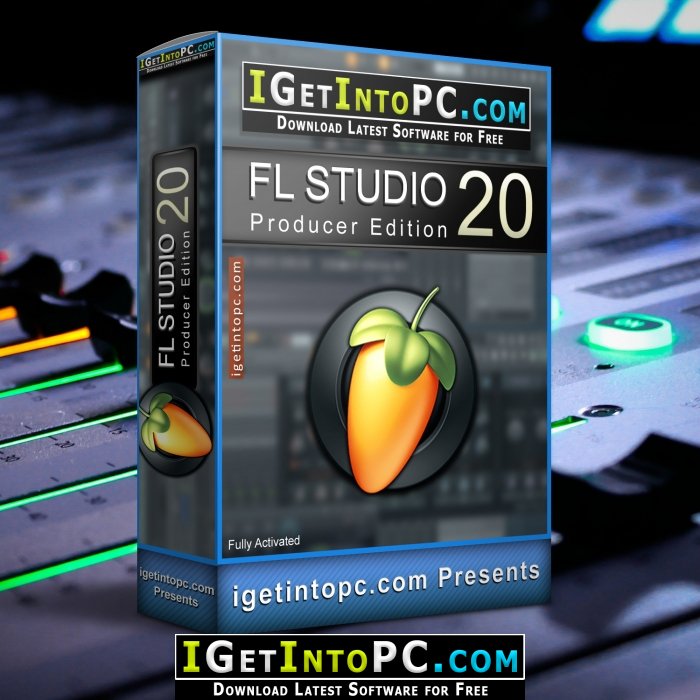

I like to label all the tracks being used in the playlist because it is easier for me to work with.Īs you can see from the picture above, I have separated the playlist tracks into few sections.įeel free to create your own sections as long as they give you a boost in workflow. When I am writing songs in FL Studio, I like to keep it neat and organize so that I will know what’s going on in the project if I open it again few months later. If it sounds on a piano, it should sound good as well on synths. I always like to write down my ideas with the native piano by FL Studio. I am not a classically trained musician therefore I need scale reference when I am writing my melodies.

This is just a ghost kick that does the sidechaining process in the later stage of music writing. Just like what are shown in the picture above, I usually have 3 things to help me with sketching down my ideas. It may vary in certain DAWs but you’ll get the concept. I will present all examples in FL Studio. It’s extremely easy to do and saves you ton of time in the future. Let me show you how I set up mine just so you get the hang of it.

Every time you open your DAW or Digital Audio Workstation, everything is labelled and set up properly just to increase your productivity and workflow in your music creation process.

The solution is to set up something which I name it as the “start-up” template. You now have, for all intents and purposes, a click distilled from your original drum that always plays with your drum sound.Do you get annoyed that you have to set up everything before sketching down your ideas? I have had that problem too. The reason you need a second plugin for this because you can’t make up the gain reduction from the first one before the gate section- the gain is post-dynamics. Turn the release all the way down, don’t worry – you’re not actually hearing the signal, then pull the threshold up so it gets rid of any tail that the drum might have had. That signal then goes into the 2nd Fruity Limiter, where you use the gate section. You will end up with a very peaky signal that visibly resembles a mirrored exponential graph. Use the Gain knob to drive the signal up to 0dB. Then, go into the compressor tab of the first one, set attack to be roughly 40 ms, release to be roughly 50 ms, ratio to be 10:1 or higher and pull down the threshold until it clamps down a respectable 30dB of gain reduction. You will not need the limiter function for this. In the ‘limit’ tab of both Limiters, take down the attack and release to 0. Make sure the first mixer track does not go to the master.


 0 kommentar(er)
0 kommentar(er)
